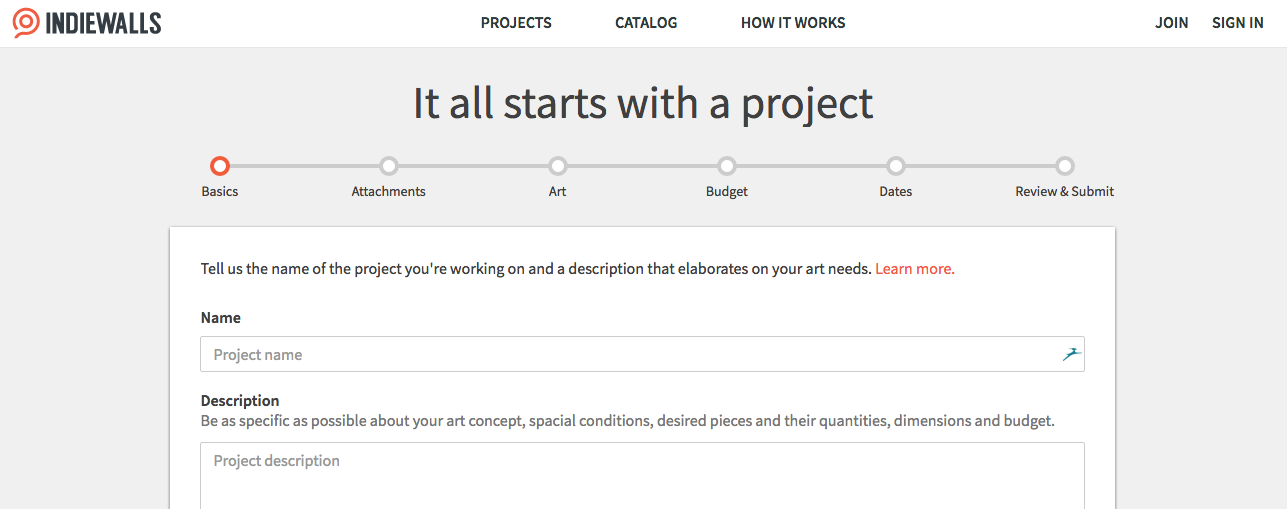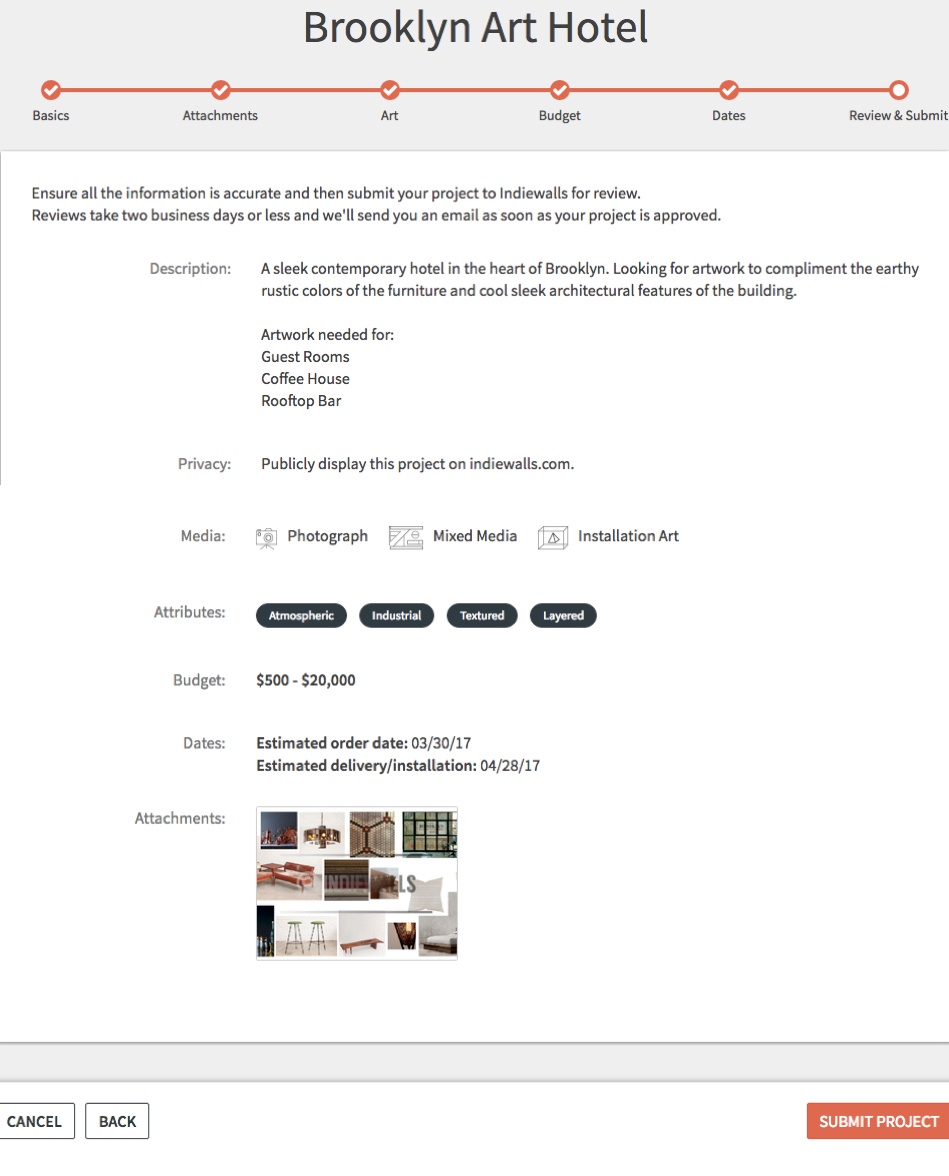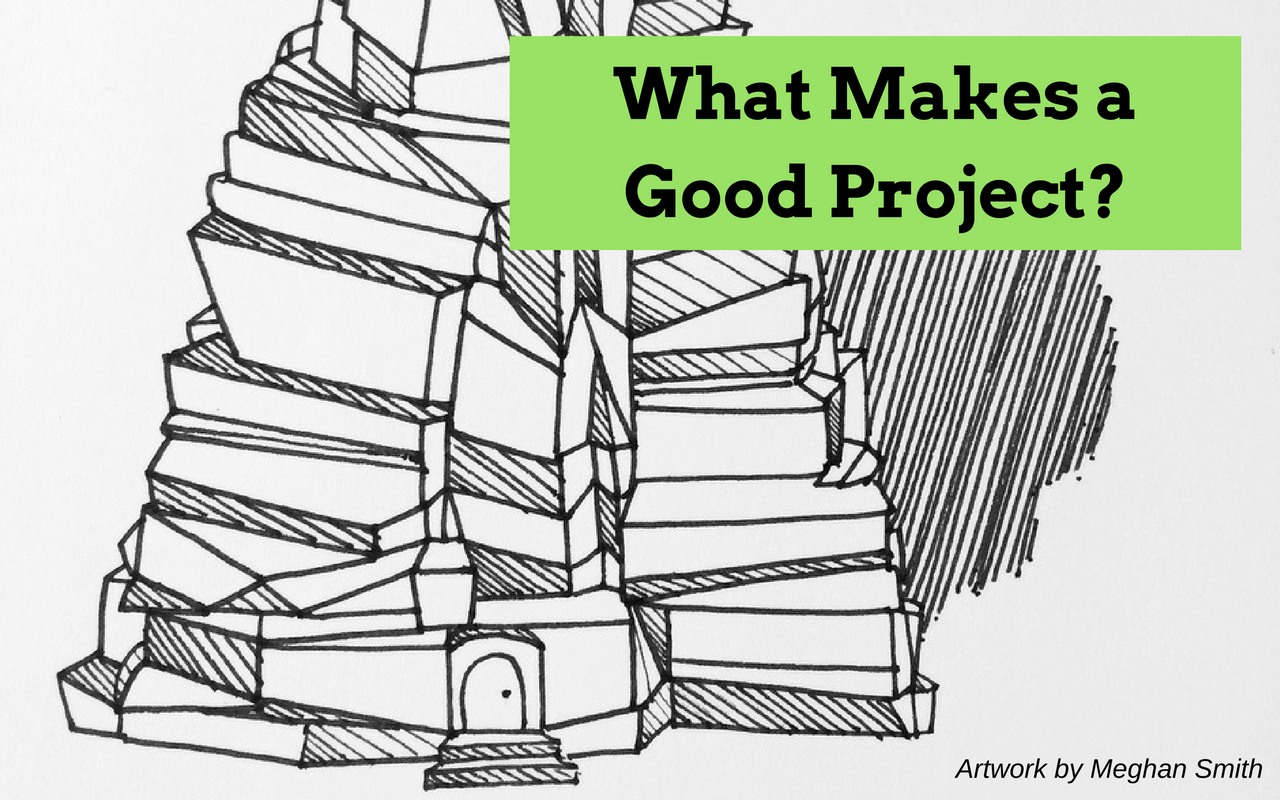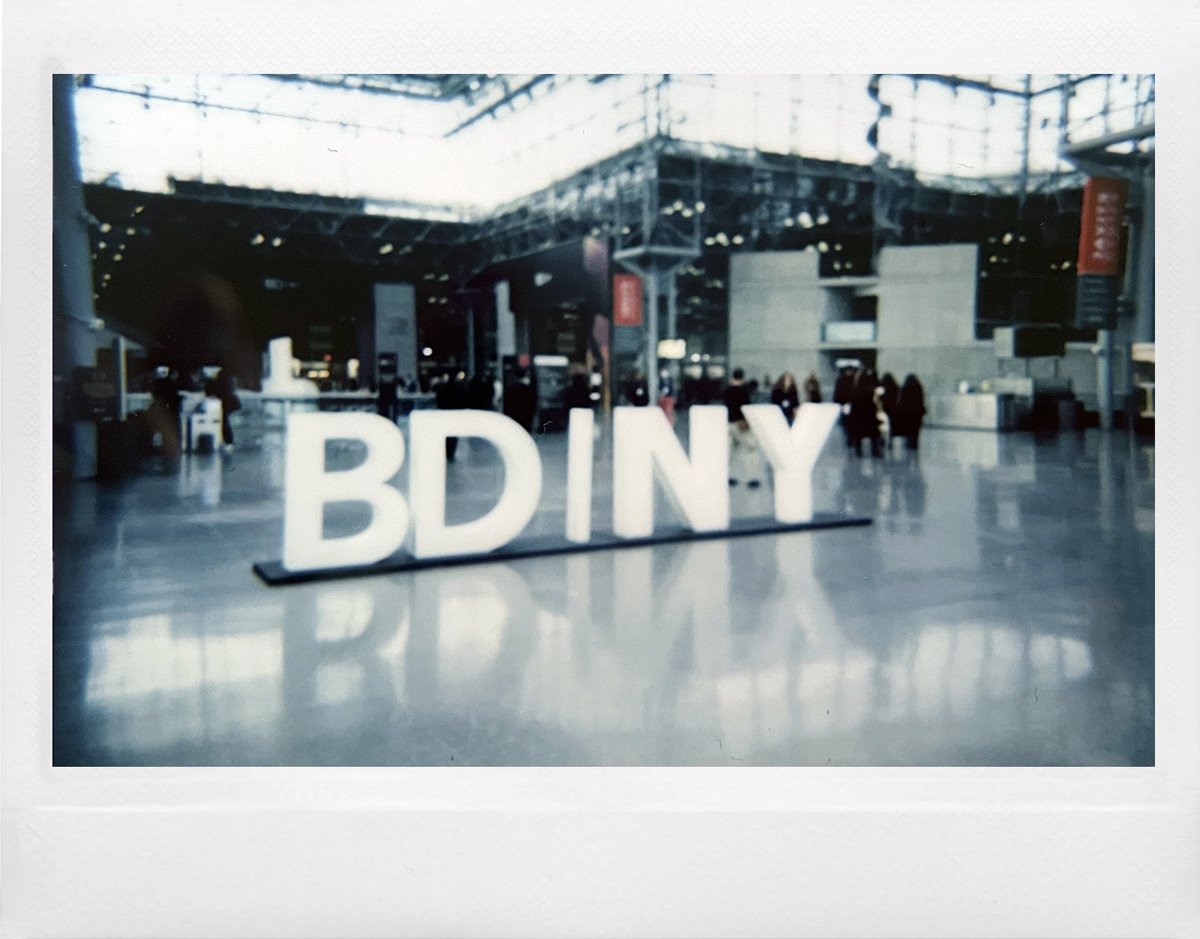Projects are the foundation of Indiewalls and a well-defined project ensures pointed and timely pitches. They list everything an artist needs to determine if s/he is a good fit and help curators manage recommendations and production options. That being said, an accurate and detailed project is integral to success.
Use the below project component guide to create more effective projects and find the perfect pieces even quicker:

Basics
- Project Name
This is simply the title of your project and will be your first opportunity to catch an artist or curator’s eye. An accurate project name tells artists and curators what type of space you are designing for - hospitality, corporate, or residential.
- Description
The project description will be an artist and curator’s greatest insight into your project needs. This is your primary space for describing your art search, including quantities, color palettes, desired styles, specific artwork breakdown (1 sculpture and 1 painting, for example), prints vs. originals, and more.
The more detail you’re able to include for each desired artwork, the more relevant your artwork options will be, both from our diverse Artist Community and curators. This is your place to be thorough.
Attachments
- Upload your imagery
Sometimes pictures speak louder than words. Images that visually illustrate your vision and aesthetic: renderings, mood boards, inspiration images, similar artworks you like, and other visuals act as cues to artists and curators.
These images are the only project visuals our Artist Community sees. Artwork is pitched with these visuals in mind.
Art
- Mediums
What type of artwork are you interested in purchasing? Painting, sculpture, illustration? Accurately selecting your desired media will dictate which artists pitch to your projects.
Artists who work in your chosen fields receive new project notifications, which guide the right artists to your project and ensures your pitches are on point. In other words, if you specify that you’re only interesting in paintings, the artists and curators won’t bombard you with photographs.
- Attributes
Attributes allow you to describe the aesthetic of the artwork you need for your space. These verbal cues further communicate your aesthetic to the community and allow you to easily peruse a curated catalog.
Budget
- Budgetary Range
Choosing a monetary range tells artists and curators how much you are looking to spend on your art package. This component ensures that you will only see pitches that fit in your price range.
Dates
- Important Dates
Including project milestones keeps artists and curators on track. Providing estimated dates for selection, order, and installation indicates how fast your project is moving and tells all parties which artworks are feasible to pitch.
Feel free to include other important deadlines, like a client presentation or team meeting. Clearly delineated milestones ensures an expertly managed project and the availability of curated options when you need them.
Review & Submit
- Preview the Details
Review all the information you relayed. Once you have ensured that all the information is accurate you can submit your project to Indiewalls for review.
We review all information for breadth and accuracy before pushing the project live. Small details can make a huge difference and we're here to help triple-check all information.
Note: You can decide if you want your project visible to the general public or just to the Indiewalls’ community of artists and curators.
Here are a few examples of a well defined project:







